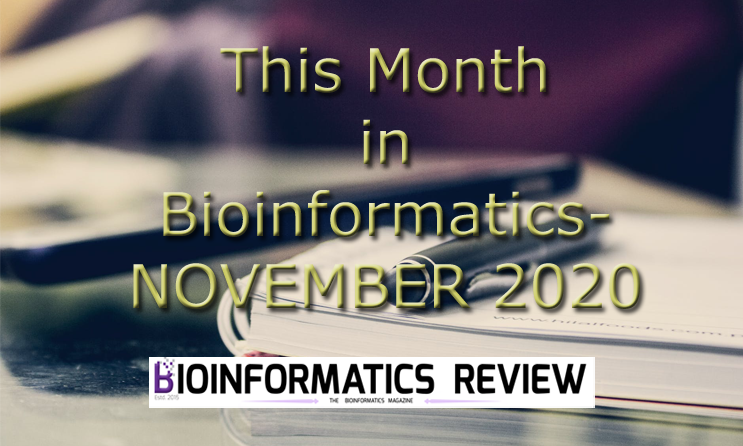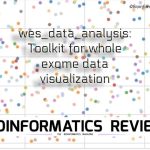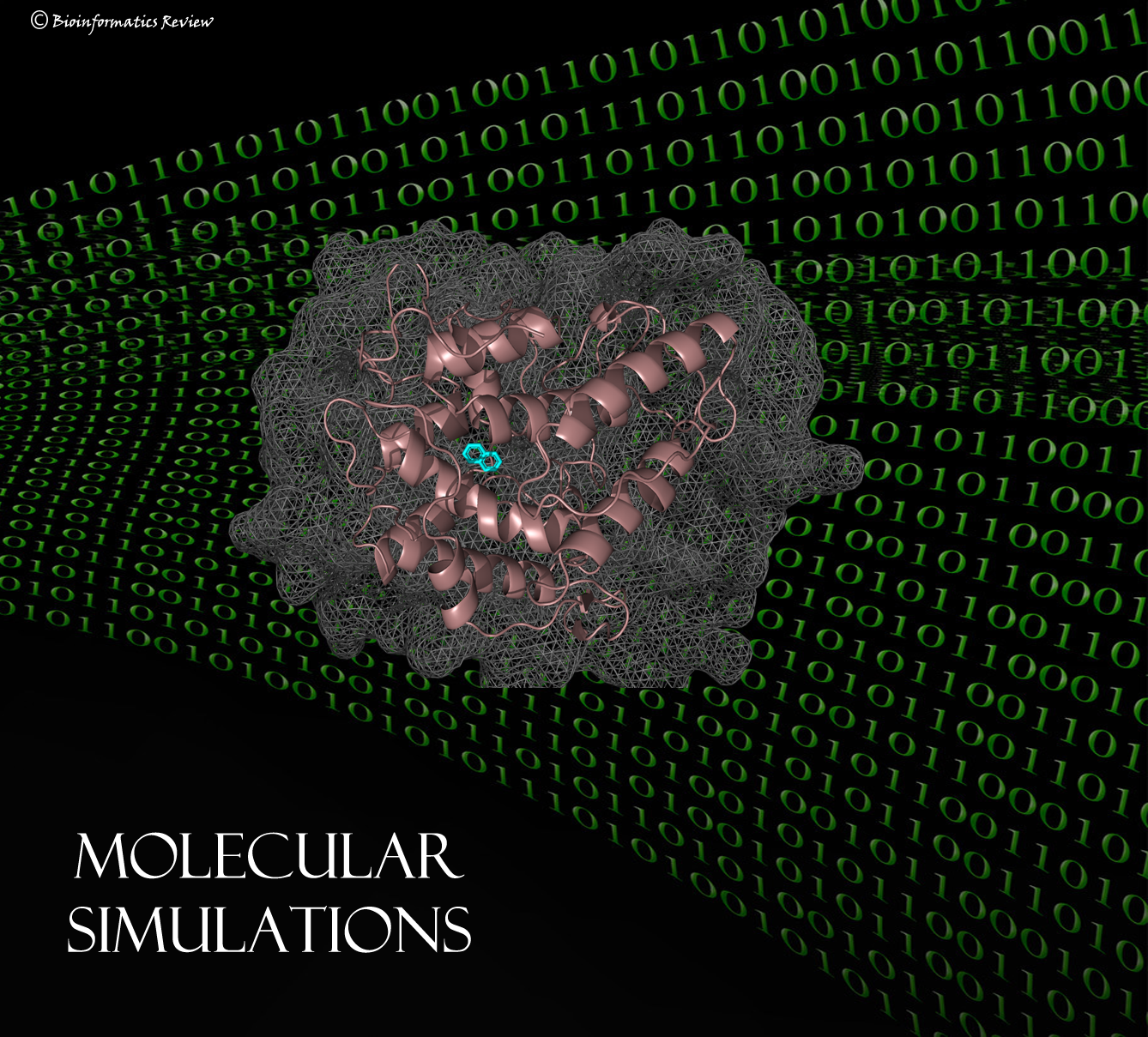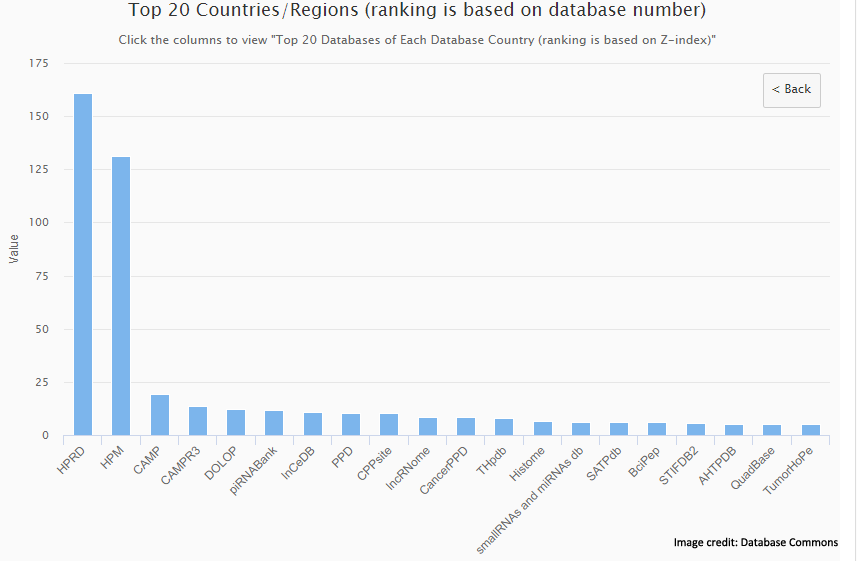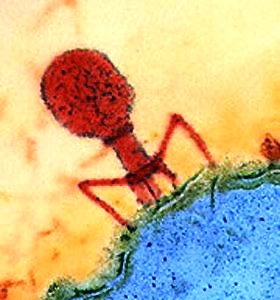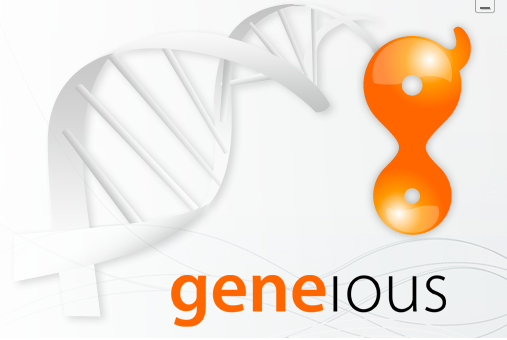In this article, we summarize the latest research in bioinformatics published this month.
1. No increased SARS-CoV-2 transmission due to recurrent mutations
Recently, Dorp et al., [1] have tested whether SARS-CoV-2 transmission is increasing due to the recurrent mutations. To check this, they have created a phylogenetic index. This index quantifies the relative number of descendants in sister clades with and without a specific allele [1]. They collected 46,723 SARS-CoV-2 genomes isolated from covid19 patients worldwide and applied this index to the dataset. The current mutations appeared to be evolutionarily neutral. For more information, read here.
2. A new tool for transcriptomic data analysis
A new tool called GIANT-Galaxy-based tool for Interactive ANalysis of Transcriptomic data has been developed by Vandel et al., [2]. GIANT is a set of tools allowing researchers to analyze transcriptomic data from microarray or RNA-seq analyses [2]. It consists of different modules facilitating the easy selection of tools for a particular analysis. The source code of the GIANT is freely downloadable on Github (https://github.com/juliechevalier/GIANT). The Galaxy tool suite is available on the Galaxy Main Tool Shed (https://toolshed.g2.bx.psu.edu; name:suite_giant; owner:vandelj). For more information, read here.
3. New tool for marker set selection and genomic prediction
A new tool called GMStool is developed. This tool is based on Genome-wide Association Studies (GWAS) and uses statistical and machine-learning methods [3]. GMStool is written in R and is available at www.github.com/JaeYoonKim72/GMStool. It shows higher performance than the other available tools. For more information, read here.
4. A new database about the regulatory relationship between human papillomavirus and host RNA
HRRD is a new manually curated database that contains the regulatory relationship between human papillomavirus and host RNA [4]. The host RNA includes mRNA, miRNA, and lncRNA. The information for this database is obtained from 10,761 papers in Pubmed. The database is easily accessible at www.hmuhrrd.com/HRRD. For more information, read here.
5. A New Protein-Protein Interaction Network Aligner
AligNet is a new protein-protein interaction network aligner based on a parameter-free pairwise alignment algorithm [5]. It provides biologically and topologically efficient alignments. AligNet algorithm focuses on structural matching and protein function conservation. It is implemented in the R language and is freely available to download from GitHub.
References
- van Dorp, L., Richard, D., Tan, C. C., Shaw, L. P., Acman, M., & Balloux, F. (2020). No evidence for increased transmissibility from recurrent mutations in SARS-CoV-2. bioRxiv.
- Vandel, J., Gheeraert, C., Staels, B., Eeckhoute, J., Lefebvre, P., & Dubois-Chevalier, J. (2020). GIANT: Galaxy-based tool for Interactive ANalysis of Transcriptomic data. Scientific Reports.
- Jeong, S., Kim, J. Y., & Kim, N. (2020). GMStool: GWAS-based marker selection tool for genomic prediction from genomic data. Scientific reports, 10(1), 1-12.
- Yan, B., Zhang, S., Yu, S., Hussain, S., Liu, T., Wang, B., … & Wei, L. (2020). HRRD: a manually-curated database about the regulatory relationship between HPV and host RNA. Scientific Reports, 10(1), 1-5.
- Alcalá, A., Alberich, R., Llabrés, M., Rosselló, F., & Valiente, G. (2020). AligNet: alignment of protein-protein interaction networks. BMC bioinformatics, 21(6), 1-22.

